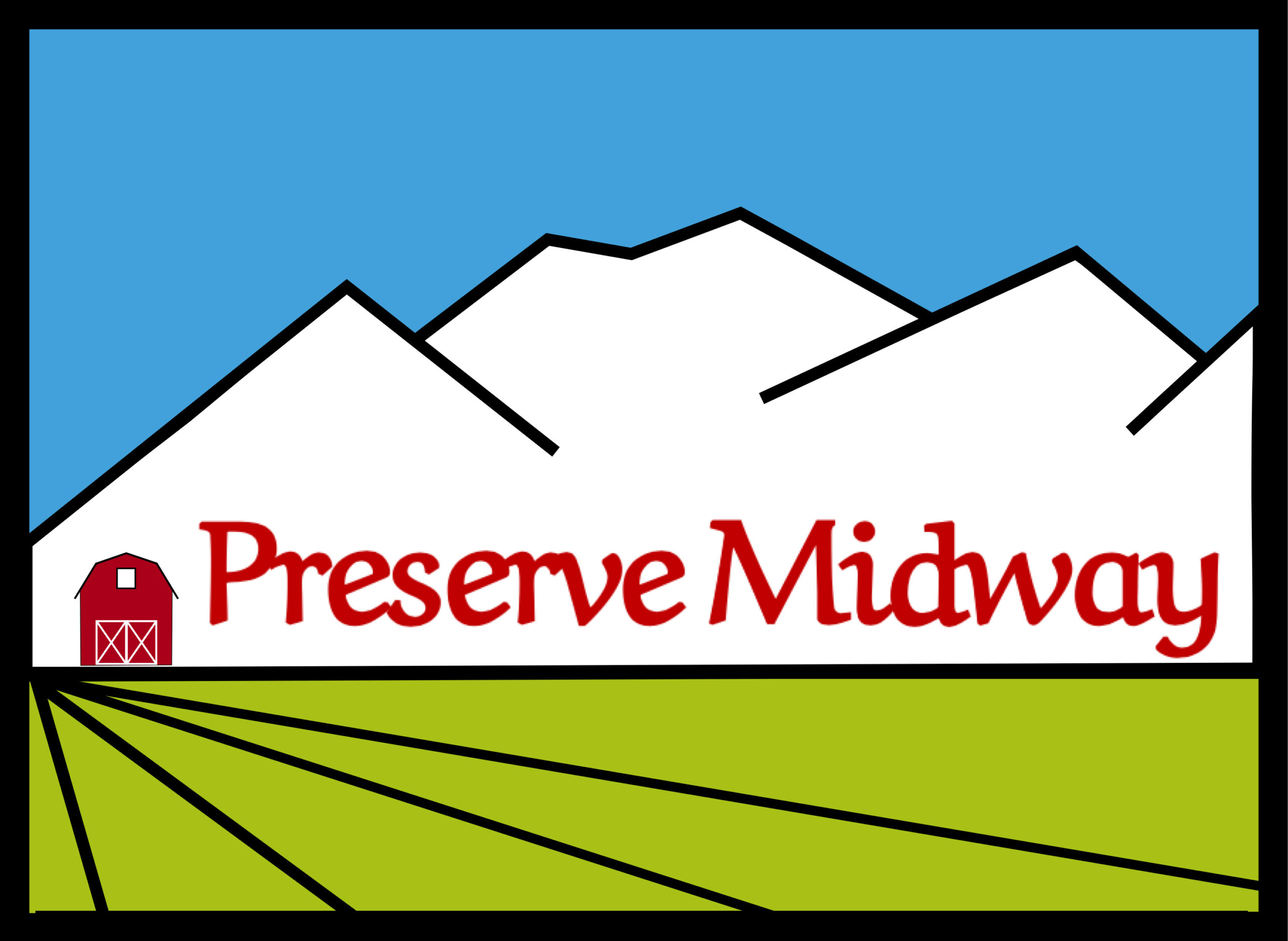Flexibility
Landowners have found that conservation easements offer great flexibility, yet provide a permanent guarantee that the land will not be developed. For example, an easement on property containing rare wildlife habitat might prohibit any development, while one on a farm might allow continued farming and the building of additional agricultural structures. An easement may apply to only a portion of the property, and need not require public access.
A landowner may sell a conservation easement, but usually easements are donated. If the donation benefits the public by permanently protecting important conservation resources and meets other federal tax code requirements, it can qualify as a tax-deductible charitable donation. The amount of the donation is the difference between the land’s value with the easement and its value without the easement. Placing an easement on property may or may not result in property tax savings. Perhaps most importantly, a conservation easement can be essential for passing land on to the next generation. By removing the land’s development potential, the easement lowers its market value, which in turn lowers estate tax. Whether the easement is donated during life or by will, it can make a critical difference in the heirs’ ability to keep the land intact.
TAX BENEFITS
Tax Incentives: A Key to Conservation Success
Federal tax policies have a huge impact on how much land we’re able to protect. Tax incentives for land conservation offset part of the loss in property value when a landowner donates an easement, which makes conservation a viable option for more landowners. Tax incentives for voluntary land conservation have proven to be hugely successful, helping land trusts to protect over 50 million acres nationwide.
Federal Income Tax Benefits
One of the most significant tax incentives is the federal income tax deduction, which Congress made permanent in 2015. This powerful tool allows modest-income donors to receive greater credit for donating a very valuable conservation easement on property they own. With the enhanced incentive in place, the pace of conservation exceeds one million acres per year!
